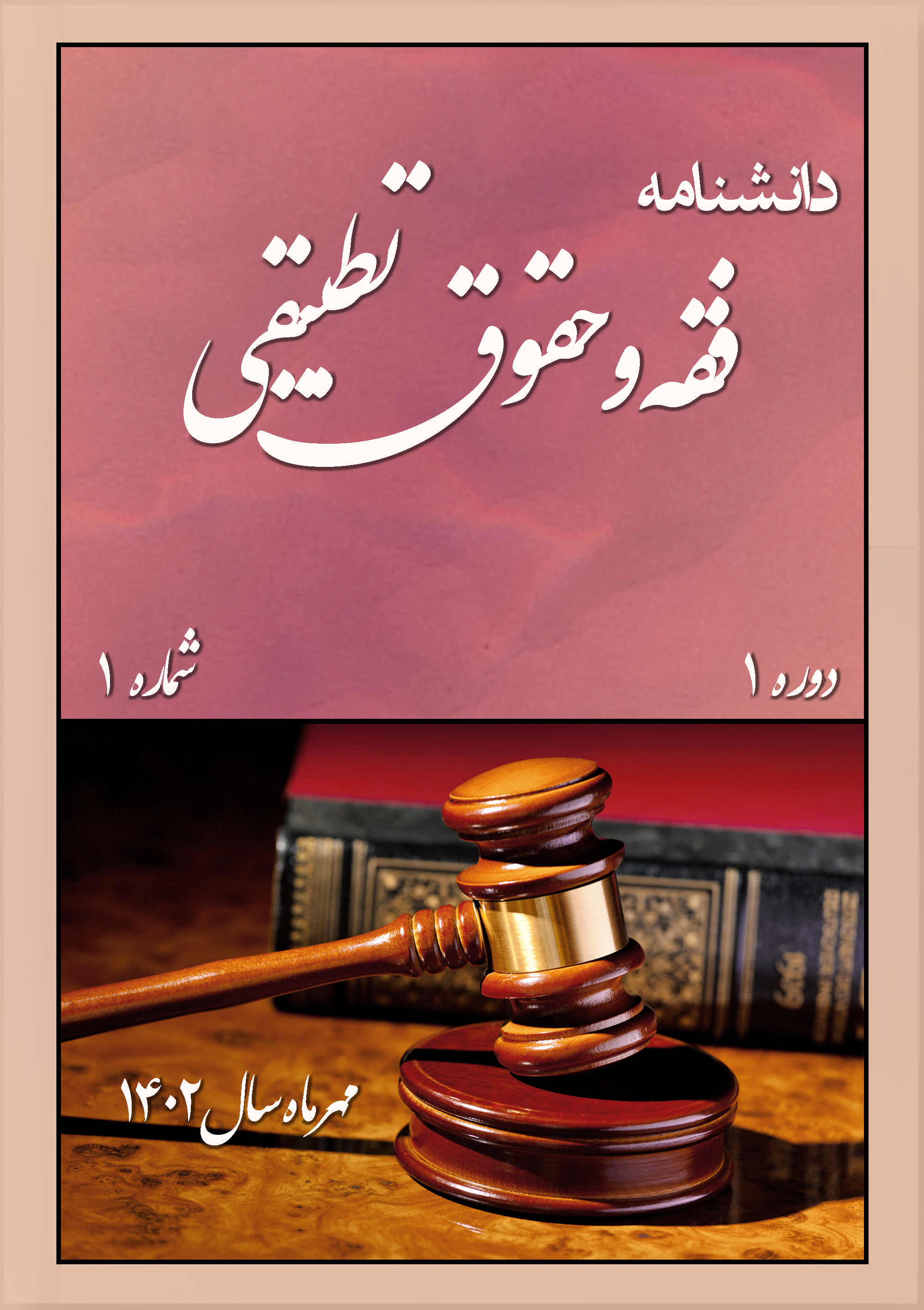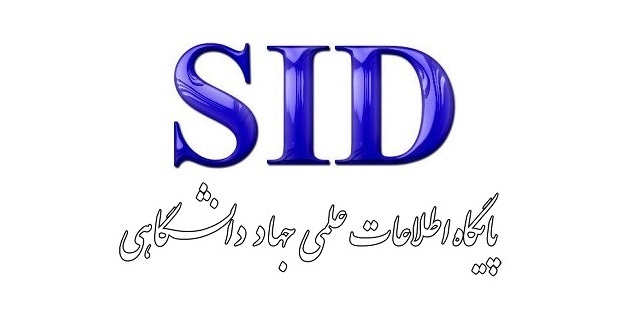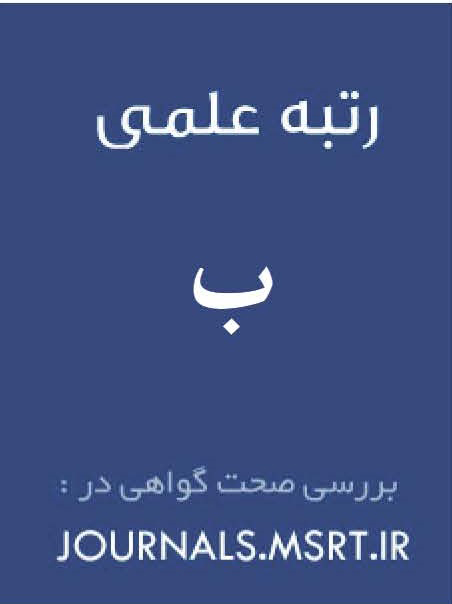بررسی مبانی فقهی مسئولیت مدنی در انتقال بیماریهای مسری (قاعده لاضرر، اتلاف، تسبیب)
کلمات کلیدی:
مسئولیت مدنی, بیماریهای مسری, قاعده لاضرر, اتلاف, تسبیبچکیده
این پژوهش بر آن است تا به بررسی مبانی فقهی مسئولیت مدنی ناشی از انتقال بیماریهای عفونی و قابل سرایت بپردازد. با توجه به اهمیت سلامت جامعه و تجربیات اپیدمی جهانی، تبیین تکلیف شرعی و حقوقی فرد بیمار یا ناقل بالقوه دارای اهمیت خاصی است. تحقیق حاضر با روش توصیف و تحلیل دادهها و کمک منابع کتابخانهای، سه قاعده مهم فقهی را به عنوان اساس مسئولیت مدنی تحلیل کرده است. نتیجه اینکه قاعده لاضرر به عنوان اصلی کلیدی، هرگونه فعل و ترک فعل که موجب ایراد ضرر بهداشتی به دیگران شود را منع مینماید. بر همین مبنا فردی که با علم و عمد، خود را در معرض غیر قرار داده و باعث انتشار بیماری شود، ضامن خسارات وارده است. قاعده اتلاف نیز در مواردی جاری است که شخص به صورت مستقیم و بیواسطه، عاملی برای انتقال بیماری باشد (مانند عطسه یا سرفه عمدی روی دیگری). در این صورت وی به عنوان «مباشر» در اتلاف سلامتی دیگری مسئول شناخته میشود. همچنین قاعده تسبیب زمانی مصداق خواهد یافت که شخص به صورت غیرمستقیم و با انجام رفتاری زمینهساز، انتقال بیماری شود. رعایت نکردن قرنطینه، پنهانکردن بیماری، یا استعمال غیرمجاز ابزار و وسایل عمومی آلوده، از مصادیق تسبیب به شمار میرود و فرد «مسبب» بر اساس این قاعده ضامن است.
دانلودها
مراجع
Al-Farahidi, K. i. A. (1989). Kitab al-Ayn (2nd ed.).
Al-Husseini al-Maraghi, S. M. A. a.-F. i. A. (1997). Al-Anawin al-Fiqhiyah (1st ed.). Islamic Publications Office.
Al-Jawhari, I. i. i. H. (1990). Al-Sihah (1st ed.). Dar al-Ilm lil-Malayin.
Al-Najafi, M. H. (1984). Jawahir al-Kalam fi Sharh Shara'i' al-Islam (7th ed.). Dar Ihya' al-Turath al-Arabi.
Al-Raghib al-Isfahani, H. i. M. (1992). Mufradat Alfaz al-Quran (1st ed.).
Al-Turayhi, F. a.-D. i. M. (1996). Majma' al-Bahrayn (3rd ed.).
Ansari, M. (2005). Encyclopedia of Private Law. Mehrab-e Fekr.
Emami, S. H. Civil Law. Islamiyah Publications.
Ibn al-Athir, M. i. M. Al-Nihayah fi Gharib al-Hadith wa al-Athar (1st ed.). Isma'ilian Publications Foundation.
Ibn Manzur, M. i. M. (1994). Lisan al-Arab. Dar al-Fikr.
Khomeini, S. R. M. Tahrir al-Wasilah. Dar al-Ilm Publications Institute.
Muhaqqiq Damad, S. M. (1986). Legal Rules (Qawa'id al-Fiqh) (12th ed.). Center for the Publication of Islamic Sciences.
Mustafavi, S. M. K. (2001). One Hundred Legal Rules (Mi'ah Qa'idah Fiqhiyah). Islamic Publications Office.
Qeysari, S. A., Yusefzadeh, M., & Mohammadi, M. R. (2021). An Analytical and Critical View on Protective Measures and Preventive Mechanisms in Iranian Civil Liability Law. University of Tehran Private Law Studies Quarterly, 50(2).
Taheri, H. (1998). Civil Law (2nd ed.). Islamic Publications Office.
دانلود
چاپ شده
ارسال
بازنگری
پذیرش
شماره
نوع مقاله
مجوز
حق نشر 2025 سیدحسین مهیمنیان نژاد (نویسنده); حسن حیدری; سیدحسام الدین حسینی (نویسنده)

این پروژه تحت مجوز بین المللی Creative Commons Attribution-NonCommercial 4.0 می باشد.









